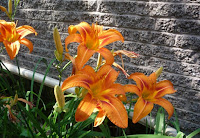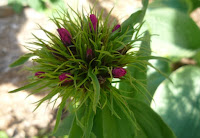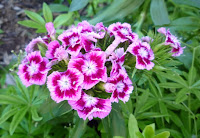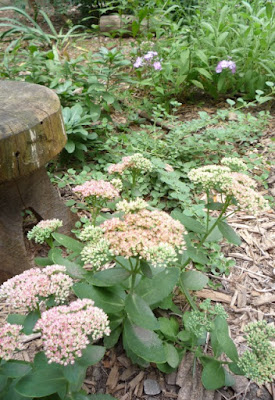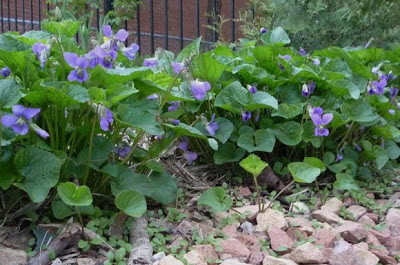I’ve realized that the months of May, June, July and now August
have gone by and I haven’t updated my blog.
Let me tell you that it isn't because of a lack of good cheeses to
review. I have been enjoying some lovely cheeses including new Quebec cheeses
and wonderful chèvres. I also had a problem with my computer which took me
awhile to learn how to repair. The reason I haven't updated this blog is I have
been spending most of my spare time in the garden this summer.
Earlier in the year, my partner Chris and I have decided to
convert the side of the apartment building where we live, into a garden. It was
a semi-shaded grassed area that actually consisted of mostly weeds. We spent
the first few weeks digging and turning-up the clay soil and incorporating soil
and compost to the various bedding areas.
We dug up, divided and moved a variety of different Hostas that we had
previously planted in the front yard, into this more suitable shady garden. We divided and moved quite a few daylilies
(Hemerocallis) that we had previously planted along the side of the building
into another area of the yard that we dug up.
 |
| Garden area before |
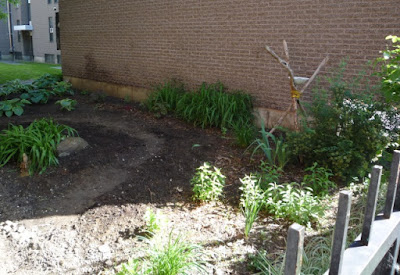 |
| Garden in progress |
 |
| Garden now |
Last year, I had planted some herbs in the sunnier area of this
garden and later in the season I planted a variety of perennials (irises,
astilbe, sedum, yarrow and daylilies) I had received from one of my co-worker's
mother. Since the sage and oregano that we planted last year was doing well in
this area, we added lemon balm, dill, lemon verbena and rosemary which were part
of a lovely selection of herbs; I had received as a birthday gift from some of
the girls at work. I also enjoy having
another variety of herbs (basil, parsley & mint) close at hand planted in
containers on my balcony.
Now, after a few months the garden is still a work in progress. The pathway we designed to run through the garden is still being worked on, as we find suitable bricks or paving blocks that we keep adding to it.
Needless to say, I've been having a lot of fun this summer working
in the garden. Sure it is a lot of physical work but as the garden was
progressing we became a bit whimsical in our approach and it was quite
enjoyable.

